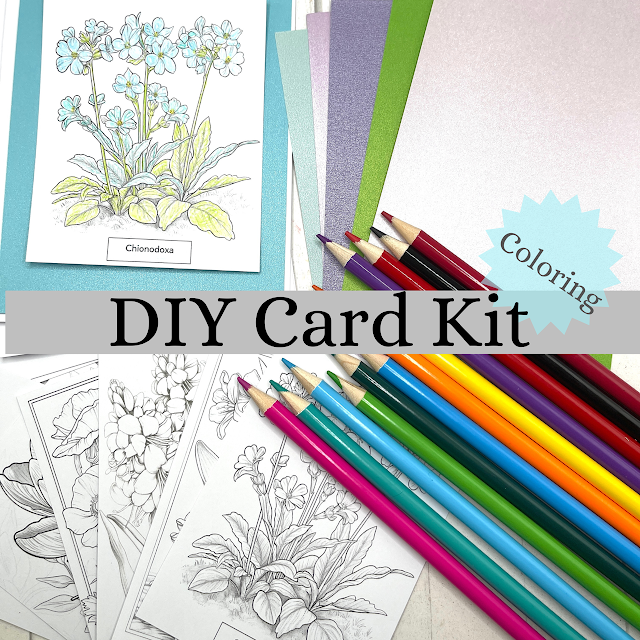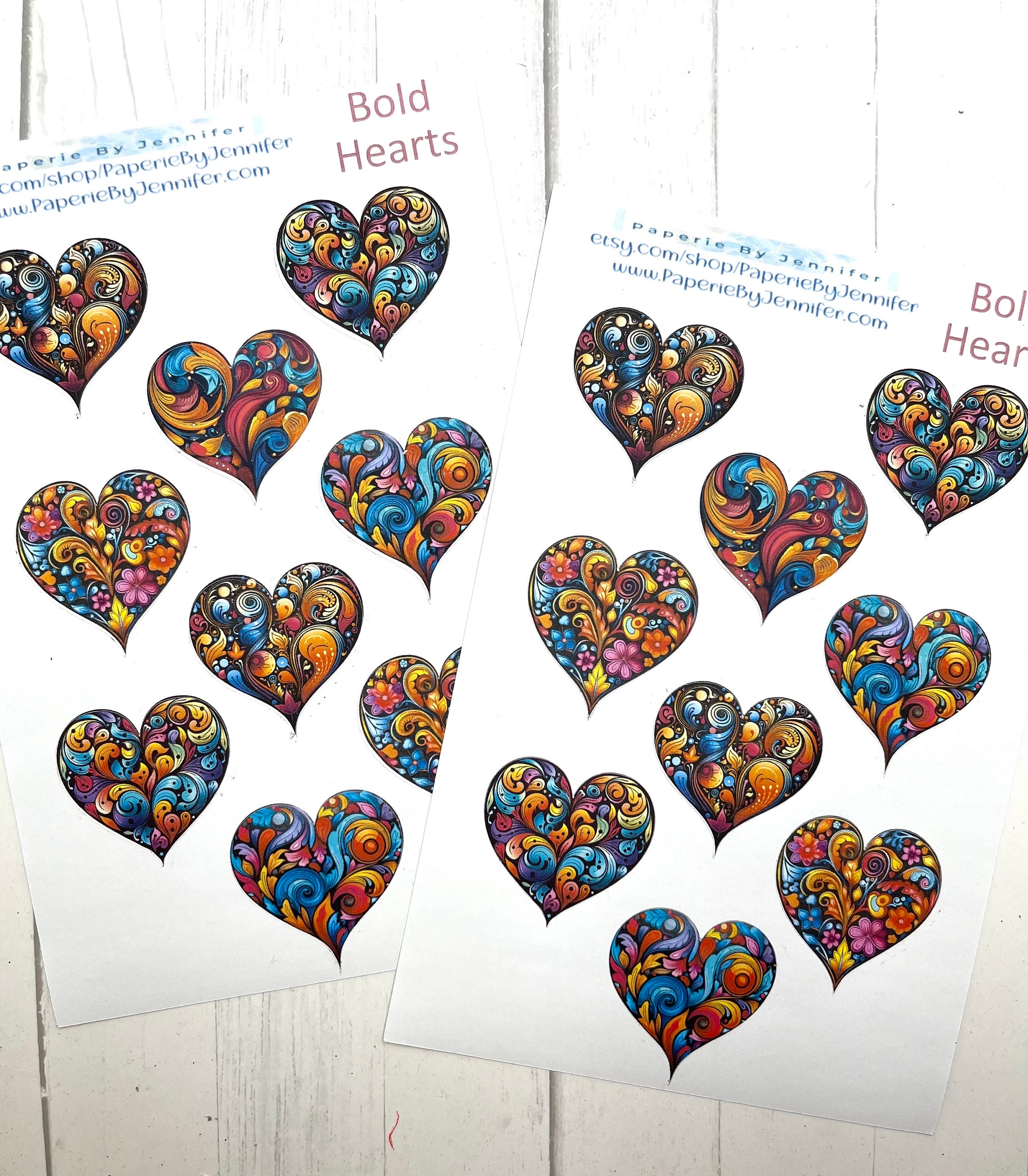Using stickers to create a card background is a simple and effective way to add visual interest and texture to your cards. Here's a step-by-step guide on how to create a card background using stickers:
Materials you will need:
1. Cardstock or pre-made blank card
2. Stickers of your choice (various sizes, shapes, and designs)
3. Scissors (optional)
4. Adhesive (glue or double-sided tape)
5. Additional embellishments (optional)
Step 1: Choose your stickers
Select a variety of stickers that suit the theme or style you want for your card. Consider using stickers with different sizes, shapes, patterns, or textures. This will add depth and visual appeal to your background.
Step 2: Plan the layout
Before adhering the stickers, lay them out on your cardstock or blank card to determine the desired arrangement. You can experiment with different placements and orientations to find the most visually pleasing design.
Step 3: Adhere the stickers
Once you have planned the layout, peel off the backing of each sticker and carefully place them on the cardstock or card. Press them down firmly to ensure they adhere properly. If you prefer a neater look, you can trim any excess sticker edges with scissors.
Step 4: Fill the entire background
Continue adding stickers to cover the entire background, ensuring that the stickers overlap slightly or touch each other. This will create a cohesive and visually appealing pattern. Be creative and mix different sticker designs and sizes to add interest.
Step 5: Consider additional embellishments
If desired, you can further enhance your card background by adding other embellishments. For example, you can incorporate ribbon, sequins, gems, or die-cut shapes. Place them strategically around the stickers to create a balanced and cohesive design.
Step 6: Trim and finalize the background
Once you have finished adhering the stickers and any additional embellishments, trim the edges of the cardstock if necessary to fit your desired card size. If you're using a pre-made blank card, you can skip this step. Ensure that the background is neat and clean.
Step 7: Complete your card
With the sticker background in place, you can now complete your card. Add a sentiment, focal point, or any other desired elements. You can stamp, write, or use die cuts to personalize your card and make it unique.
Step 8: Finishing touches
Take a moment to review your card and make any final adjustments or additions. Ensure that all the stickers are securely adhered and that the overall design is visually pleasing. Pay attention to details and make any necessary tweaks to achieve the desired outcome.
By following these steps, you can create a card background using stickers that adds a delightful and professional touch to your handmade cards. Enjoy the process and have fun experimenting with different sticker designs and arrangements!
As an Amazon Associate I earn from qualifying purchases.























































